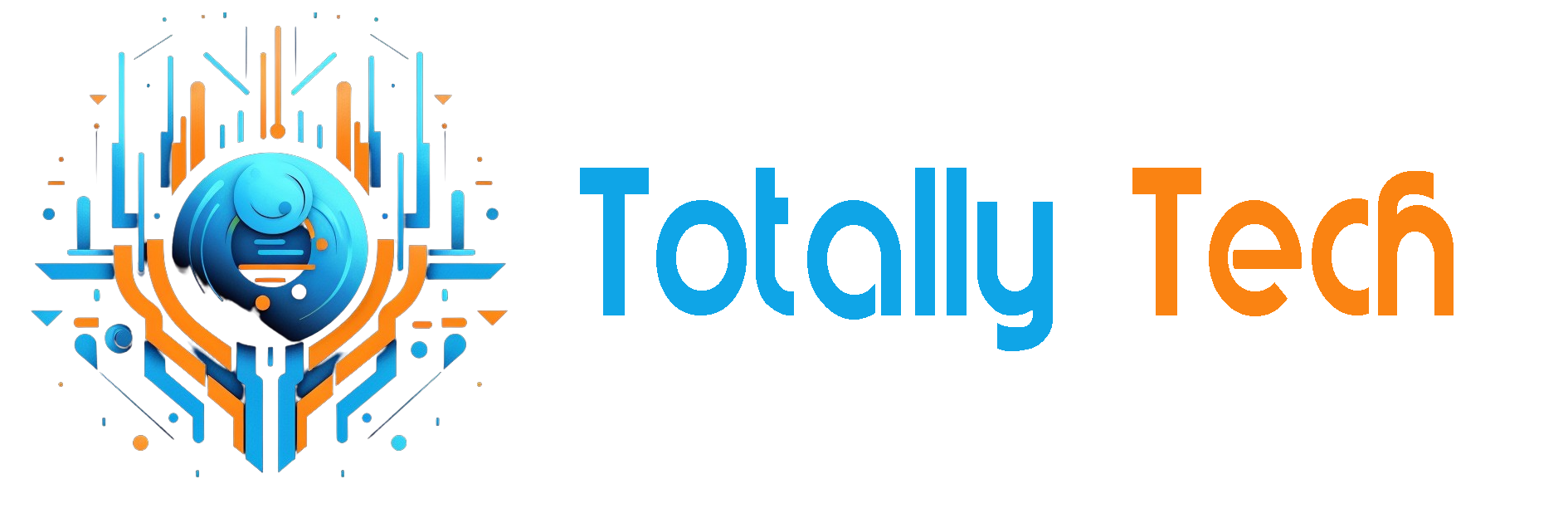
Surpassing the limits of practice
In the realm of skill development — whether in music, sports, or sales — practitioners often encounter a performance plateau: a point where progress stalls despite continued effort. This phenomenon, commonly referred to as the ceiling effect, presents a major challenge to sustained improvement.
A groundbreaking study led by Dr. Shinichi Furuya at Sony Computer Science Laboratories explored this phenomenon in expert pianists.
Researchers developed a robotic exoskeleton glove capable of independently moving a pianist’s fingers with high precision. The glove guided participants through complex, high-speed movements that exceeded their natural motor control.
Remarkably, after just 30 minutes of assisted training, the pianists demonstrated measurable improvements in finger dexterity and speed. These gains persisted even after the glove was removed and extended to both hands — a phenomenon known as intermanual transfer.
“I was suffering from this dilemma, between overpracticing and the prevention of the injury, so then I thought, I have to think about some way to improve my skills without practicing.”
— Dr. Shinichi Furuya
The glove didn’t simply help people play faster. It showed them what better looked like, and how it felt to move at a higher level.
The research wasn’t just about music. It was about how people internalize new performance thresholds, something every sales leader should understand.
We’ve seen this in sport, too. When Roger Bannister broke the four-minute mile in 1954, something long believed to be physically impossible, it took just 46 days for someone else to do it again. Within a year, three more runners followed. Today, thousands have achieved it.
“However ordinary each of us may seem, we are all in some way special, and can do things that are extraordinary, perhaps until then… even thought impossible.”
— Roger Bannister
The human body didn’t suddenly evolve. But our belief in what was possible did. These breakthroughs changed belief.
The pianists didn’t just move their fingers faster. They left knowing they could. The runners didn’t just train harder. They trained differently because they believed new results were possible.
Sales is no different. For sellers to break through, they need to believe improvement is possible. Not in theory. In practice. And the fastest way to build that belief is to experience a better system, or see someone like them succeed in one.
That’s what the right system can do. It doesn’t just tell people how to improve. It helps them believe they can and then gives them proof. For leaders, the goal is to create conditions where that kind of belief and performance can scale.
The Sales parallel: Even the best hit the ceiling
Even experienced sellers reach a point where they stop progressing. The activity is still there. The effort is still there. But the results level off. This plateau happens when the environment around the seller no longer helps them adjust in real time or learn as they go.
Over the past five decades, sales has gone through major shifts — each designed to raise the quality of execution. Many of them did. But almost all relied on the seller to close the gap between knowing what to do and actually doing it.
- (1970s) Consultative Selling reframed sales as a conversation focused on the buyer’s needs
- (1988) SPIN Selling introduced a structure for discovery through Situation, Problem, Implication, and Need-payoff questions
- (1990s) Solution Selling connected buyer pain to tailored solutions, but often relied on static scripts and decks
- (1985–1998) Strategic Selling added structure for selling into buying groups and managing complex deals
- (Early 2000s) CRM systems centralized pipeline data but offered limited coaching or in-flow support
- (2011) The Challenger Sale emphasized teaching and reframing buyer thinking but required high rep proficiency
- (2015–2020) Sales engagement platforms scaled buyer engagement, but codified repeatability in workflows, not skill development
- (2017–2021) Conversation intelligence tools enabled better coaching, but insight often came after the moment of action
Each wave gave sellers better structure. They raised the ceiling by standardizing language, process, and visibility. But most of them required sellers to manually interpret what to do next. They offered guidance before or after the moment, rarely during it.
That’s where the plateau sets in. Not because people stop improving, but because the system stops helping them improve in motion.
The next step forward is a system that reinforces progress as it happens, where sellers can experience better ways of working while they’re already in motion.
That’s what agentic systems make possible. They translate proven behaviors into timely guidance, adjust to buyer context, and help sellers make stronger decisions in the exact moment those decisions matter.
This is what breaks the plateau. Not belief alone, but belief supported by a system that helps people improve while doing the work.
How agentic AI and codified best practices break the plateau
The robotic glove didn’t just offer instructions. It gave pianists a felt experience of what higher performance looked like. And because they felt it — in motion, not in theory — they were able to build on it.
Agentic AI offers something similar. It supports sellers while they’re selling. It surfaces guidance when it’s needed. And over time, it helps sellers develop new instincts by showing them what strong execution looks like in context.
Here’s how that happens.
1. Sellers perform better when the starting point is stronger
Sales reps aren’t short on data. What they’re short on is time to turn that data into something useful — and clarity on what will actually move the deal forward. That’s where agentic AI makes a fundamental shift.
Instead of simply recommending next steps, agents do the work a top-performing seller would: researching the account, identifying high-priority buyers, prioritizing based on real-time engagement signals, and drafting communications that reflect that context. This isn’t just guidance layered on top of the workflow. It’s best-practice execution embedded inside it.
The result is a starting point that’s already strong. Sellers can jump in with their expertise and judgment to refine the strategy, adjust tone, or tailor the sequence — instead of spending precious time just getting to “good enough.” That shift deepens the rep’s understanding of what good looks like and gives them space to make it even better.
💡 Research shows that feedback provided during a task, particularly when paired with examples or partial solutions, leads to stronger skill acquisition than feedback given afterward (Shute, V. J., 2008). When sellers engage directly with high-quality inputs, they learn faster and perform better. The learning becomes experiential, not theoretical.
This is how agentic AI builds skill through execution. Not by telling reps what to do — but by doing the foundational work well enough that sellers learn through use. When the busywork is automated and the best practice is built in, reps are free to focus on strategic thinking and meaningful buyer engagement.
2. Best practices become more accessible
Some sellers are able to pick up on subtle cues and patterns. They develop their own sense of timing, language, and buyer engagement. Over time, these instincts make them highly effective — but often, their approach remains difficult to describe or transfer.
Agentic AI helps make those patterns visible. It detects which approaches are working across different situations, then reflects that insight back to the broader team. Talk tracks adjust based on the stage or the buyer. Cadences evolve as new data becomes available. And learning becomes more concrete, because it’s grounded in real behavior.
💡A study found that people improve most effectively when their practice is structured, when they receive timely feedback, and when the task is meaningful. (Ericsson, K. A., Krampe, R. T., & Tesch-Römer, C. 1993). Agentic AI creates the conditions for that kind of learning to happen inside the work itself.
With this structure in place, improvement stops being isolated to top performers. The environment begins to support growth for everyone.
3. Learning happens in the moment, not just in review
Traditional coaching often looks backward. A call is analyzed after it ends. A mistake is flagged after it happens. The learning is real, but the moment has already passed.
Agentic AI helps shift that timeline forward. It scores calls while they happen. It highlights buyer signals before they’re missed. It helps sellers adjust when the situation is still unfolding, not after the window has closed.
💡Studies show that mixing different types of challenges leads to better long-term retention than practicing one skill repeatedly in isolation. Sales conversations are inherently varied, so systems that support learning within this variability make sellers more adaptable and confident under pressure. (Rohrer, D. 2012)
The result is not just a better understanding of what happened, but a stronger ability to respond in real time.
4. Mental energy is reserved for the work that matters
The part of sales that requires the most attention (building relationships, asking the right questions, responding with care) is also the part that gets interrupted most often by administrative tasks.
Sellers spend hours each week logging activities, writing follow-ups, finding past call notes, and updating systems. These tasks matter. But they also drain focus from the kind of work only people can do.
Agentic systems help by taking on these responsibilities. They capture what happened in a meeting, summarize it, log it, and pull forward relevant information for the next interaction. The seller doesn’t have to go searching for context or manually piece together what comes next.
This frees up attention. And that attention can be reinvested in listening more carefully, asking more thoughtful questions, and noticing what matters in the moment.
Progress in sales doesn’t come from more hours. It comes from better energy. Agentic support helps make that shift.
5. The improvements show up in outcomes (and in people)
When sales teams get the right acceleration platforms in place, the impact is undeniable. Sellers become more productive. Deal sizes grow. New hires hit their stride in record time. These are outcome measures, but they reflect something deeper: an environment where growth isn’t just possible, it’s inevitable.
When sellers have systems that actually support them, they don’t just work harder, they get better while doing their jobs. The effects compound. Habits become stronger. Confidence becomes more stable. Teams become more consistent. Individual growth and business results start feeding each other in ways that create momentum you can feel.
That’s the kind of growth that lasts.
Repeatability is the core systemic advantage
Consistent performance across a sales organization requires more than individual effort. It depends on structured systems that guide behavior, reinforce best practices, and create feedback loops that support continuous improvement.
In environments without that structure, growth remains inconsistent. Progress relies on trial and error, tribal knowledge, or isolated coaching. Sellers may succeed, but they do so unevenly, and often without understanding what led to the outcome.
Repeatability changes the dynamic. It removes uncertainty by embedding successful patterns into daily workflows. Sellers receive timely guidance, gain clarity on next steps, and develop habits that align with proven outcomes.
Agentic AI supports this by creating alignment between what sellers see, what they do, and what the system reinforces. It integrates learning into the moment of action, turning performance from a byproduct of individual intuition into a function of the operating environment.
With repeatability in place, the team becomes more resilient. Ramp time decreases. Execution improves. And growth is no longer tied to a few high performers. For sales leadership, that leads to fewer variables, more predictability, and a clearer path to scale.
Agentic AI is the “assist” that helps sellers move beyond their limits
A system is only as strong as its ability to support the people inside it. Agentic AI enhances that support by taking actions, shaping behaviors, and surfacing insights that help sellers stay focused on what matters most.
This is increasingly important in modern sales organizations, where decision cycles are shorter, buyer expectations are higher, and seller capacity is stretched.
Relying on manual coaching or process reminders is not enough to keep pace with the complexity sellers face.
Agentic systems contribute in five critical ways:
- They take action on behalf of sellers, automating tasks, deepening high impact work, and elevating the human work
- They deliver guidance in context, not as an afterthought
- They adapt to real-time inputs across the buyer journey
- They reduce the burden of task management, freeing time for strategic work
- They track what’s working, making it easier to reinforce success across the team
These capabilities create a more stable operating environment. Sellers are less reactive. Managers have more visibility. And sellers spend more time in meaningful conversations with buyers.
This shift doesn’t require a reinvention of the sales process. It requires a commitment to designing systems that support learning, execution, and improvement — all within the same motion.
When that commitment is in place, the impact compounds. The plateau becomes a reference point, not a ceiling.
The post Breaking the Sales Plateau with Agentic AI appeared first on Unite.AI.


